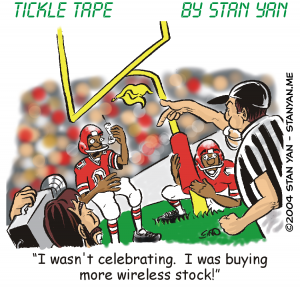As any seasoned trader will tell you, the key to long-term profitability is a flair for devising innovative, new trading ideas. Winning strategies are hard to find. And after one goes through all the trouble of developing a lucrative trading strategy, it suddenly stops working. To stay ahead of the pack, it is necessary to find new strategies and opportunities; otherwise, you’ll see a noticeable decline in your overall profits. Here is a basic three-stage framework for generating and critiquing new ideas: (1) Brainstorming, (2), Planning, and (3) Playing devil’s advocate.
In the brainstorming stage, the goal is to create as many new ideas for trading strategies as possible. Be open and allow yourself to think freely. Don’t hold back. Let the motto, “There is no such thing as a stupid idea,” guide you. Think about what you would want to do if anything were possible. You may come up with some unrealistic ideas, but at this stage, the goal is to generate as many ideas as you can. You don’t want to limit yourself. If you inhibit your creative juices, you may block an innovative idea from entering your consciousness.
In the planning stage, the goal is to refine your potentially innovative idea. It’s time to move your idea from a vague impression to a concrete and practical plan. Try to work out every detail and think about how you will implement the plan. Think creatively, but think like a realist. What can you realistically do to implement your idea? What signs and signals suggest that market conditions are just right to implement your idea? What is a realistic profit objective for your idea? How will you limit your risk? What is your exit strategy? The more detailed the plan, the more easily it will be to follow. You will be able to evaluate its potential profitability more easily as well.
The final stage requires you to play devil’s advocate. Now that you have outlined a reasonable plan, it is time to consider what is wrong with it. This is a key stage. It has been said that brilliant trendsetters are those who can distinguish a truly creative idea from a pipedream. It’s vital to be a harsh critic. In this stage, it’s useful to assume that most trading ideas are “bad ideas” and that you must entertain every possible problem with your plan. Even the most logically consistent idea may fail under actual market conditions. What basis do you have for believing that your strategy will work? What assumptions did you make when devising your plan? Are they reasonable? What is the worst-case scenario? A skeptical approach can prevent losses, so it is essential to find every possible flaw, and either fix the plan or ditch it.
By following this three-stage method of brainstorming, planning, and critiquing, you can devise innovative trading strategies that will keep you profitable under continually changing market conditions.


